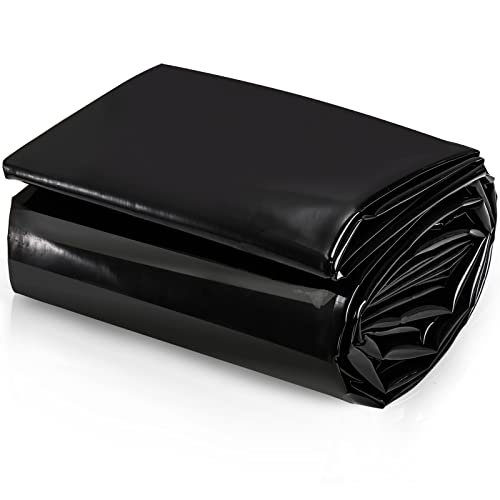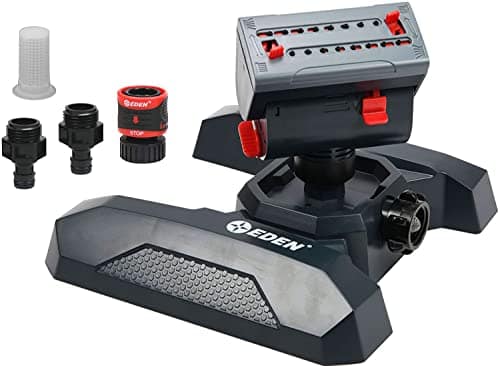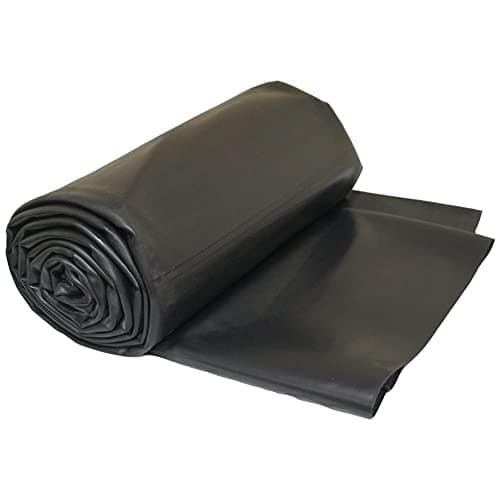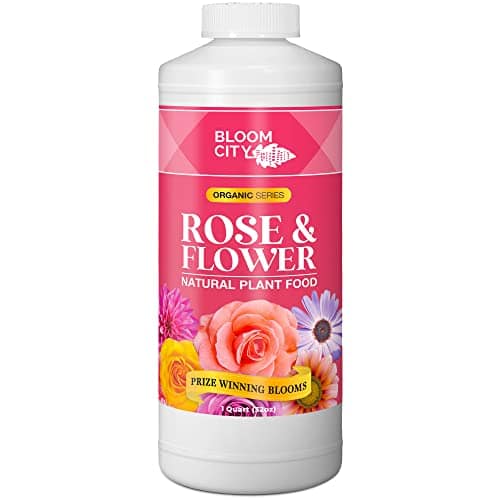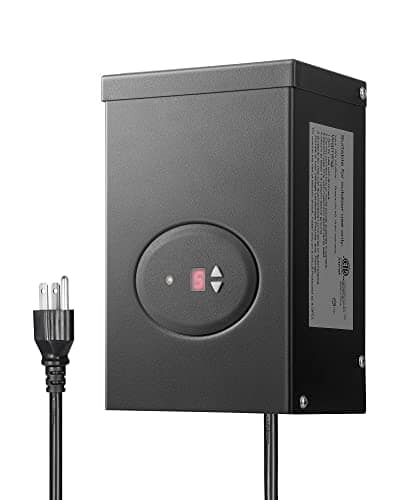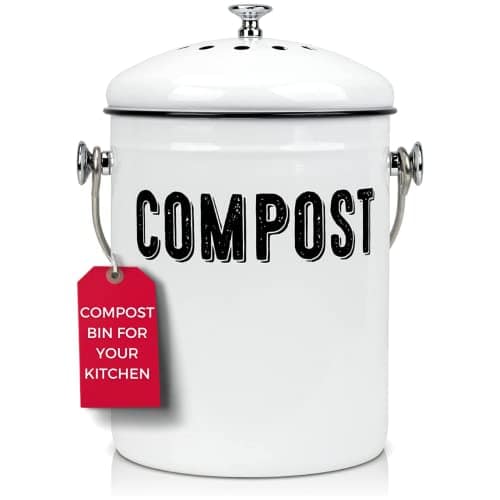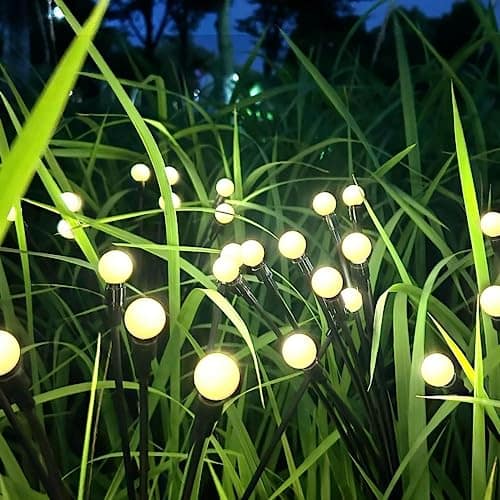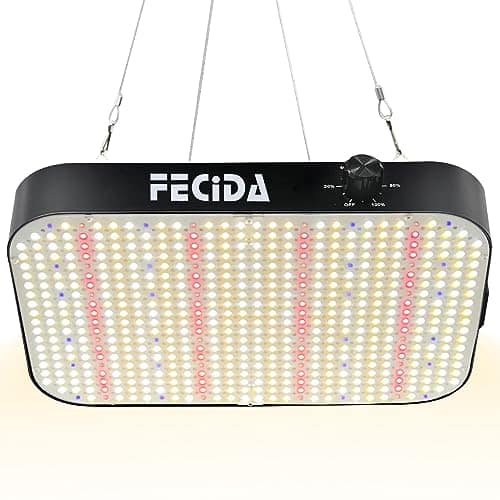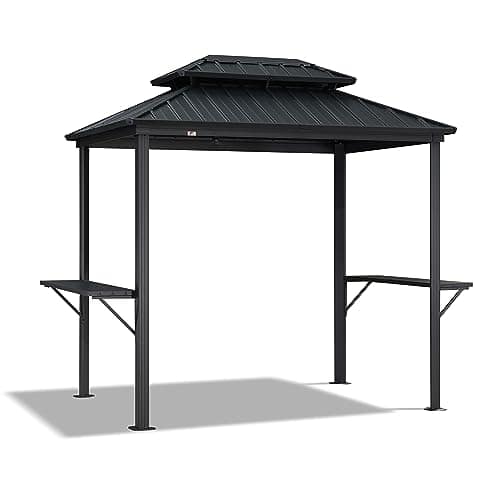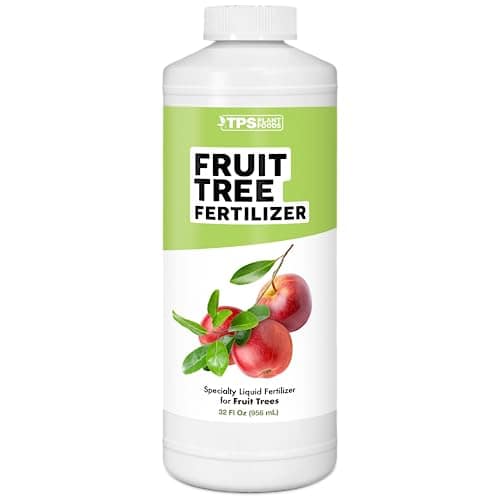A high-quality pond liner is essential for creating and maintaining a thriving water garden. Whether you’re an experienced pond enthusiast or a novice, finding the best pond liner can make a significant difference in the durability and aesthetics of your pond.
In this guide, we’ll explore the top-rated options, address common questions, highlight the pros and cons, and provide a comprehensive buying guide to help you make the right choice for your pond project.
IN THIS ARTICLE
COMPARE PRODUCTS
SCORE: 8.6 Brand: LifeGuard  | ||
SCORE: 8.4 Brand: Toolifer  | ||
SCORE: 8.0 Brand: yarlung  | ||
SCORE: 7.6 Brand: Pond  | ||
SCORE: 9.2 Brand: UWIOFF  | ||
SCORE: 8.2 Brand: MAPORCH  | ||
SCORE: 9.2 Brand: Reinforced  |
Buying Guide
Pros:
- Durability: High-quality pond liners are designed to withstand UV rays, harsh weather, and potential punctures.
- Water Retention: A good liner prevents water from seeping into the soil, maintaining consistent water levels.
- Easy Maintenance: Pond liners make it easier to clean and maintain your pond, enhancing the overall ecosystem.
- Customizable: Pond liners come in various sizes and materials, allowing you to customize your pond’s shape and design.
- Longevity: A well-chosen pond liner can last for many years, providing a stable environment for your aquatic plants and animals.
Cons:
- Cost: Quality pond liners can be more expensive initially, but the investment pays off in terms of longevity.
- Installation Complexity: Installing a pond liner requires careful preparation and proper techniques to avoid future issues.
- Material Selection: Choosing the right material is essential; some materials may not be suitable for certain types of ponds or climates.
Material
The type of material used in the pond liner significantly impacts its longevity and performance. The three primary materials to consider are EPDM rubber, PVC, and HDPE. EPDM rubber is highly durable and flexible, making it ideal for irregularly shaped ponds, and it’s resistant to UV rays. PVC liners are cost-effective, easy to install, but may have a shorter lifespan. HDPE liners are strong, puncture-resistant, and suitable for larger ponds, but they can be less flexible.
Size and Shape
Accurate measurement of your pond’s dimensions is crucial. Consider both length and width, and don’t forget to account for the depth of the pond. It’s advisable to choose a liner that provides enough material for overlap and extra depth. Some liners come in pre-cut sizes, while others can be custom ordered to fit the unique shape of your pond.
Installation Difficulty
Evaluate your own DIY skills and the complexity of the installation process. Some pond liners are straightforward to install, while others might require professional help. Consider the liner’s flexibility and ease of manipulation during installation, especially if you have a pond with intricate contours or shelves.
Budget
Set a budget that balances quality and cost-effectiveness. A higher-quality pond liner might have a larger upfront cost, but it often pays off in terms of durability and longevity, leading to fewer repairs or replacements in the long run. Factor in not just the liner itself but also the cost of any additional underlayment or protective layers.
Environmental Resilience
Take into account the climate and specific environmental conditions of your area. Look for a liner that can withstand UV radiation, extreme temperatures, and potential ground movement. If your pond is located in an area prone to sharp objects or wildlife, consider a liner with enhanced puncture resistance.
FAQs
What’s the importance of a good pond liner?
A quality pond liner ensures water retention, prevents leaks, and provides a stable environment for aquatic life.
How do I choose the right size of pond liner?
Measure the dimensions of your pond, adding extra for overlap, and consider the depth to select the appropriate size.
Are all pond liners the same material?
No, pond liners can be made of different materials like EPDM rubber, PVC, or HDPE. Each has its advantages and suitability based on your pond’s needs.
Final Thoughts
Choosing the best pond liner is crucial for the long-term success of your water garden. By considering factors such as material, size, durability, and installation ease, you can find the perfect pond liner that suits your specific requirements. Ensure that you prioritize the needs of your pond and strike the right balance between cost and quality for a beautiful and functional water feature.



